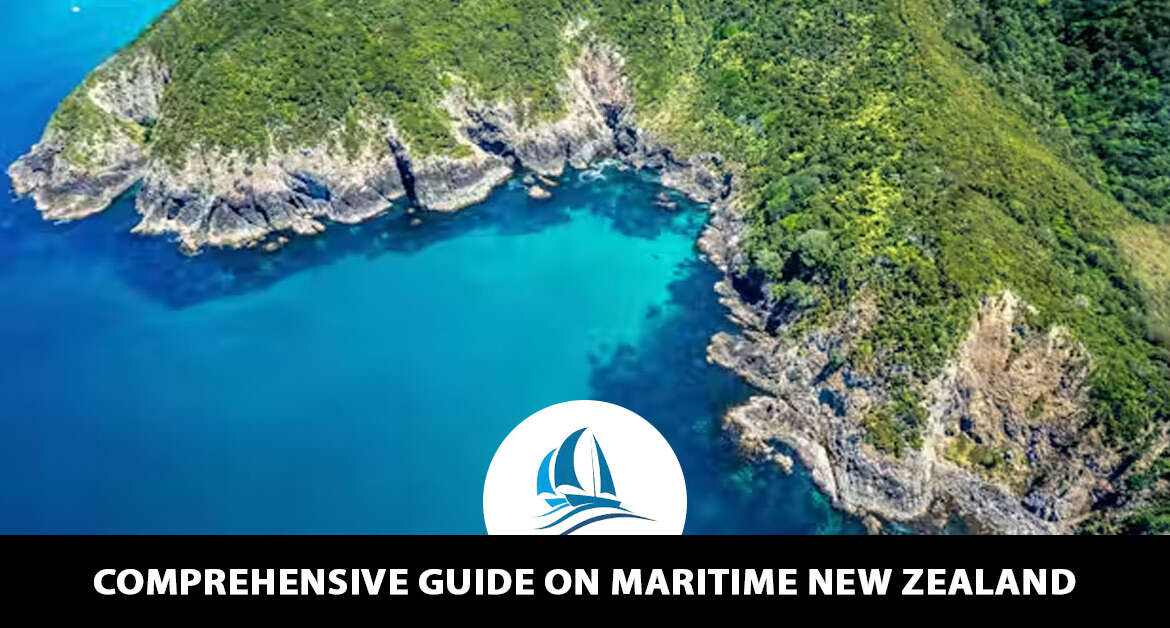Maritime New Zealand: A Comprehensive Guide to Safety and Adventure
When it comes to maritime activities, New Zealand offers an unparalleled blend of beauty and adventure. From the serene waters of the Bay of Islands to the rugged coastlines of Fiordland, there is something for every maritime enthusiast. However, enjoying these waters safely is paramount, and this is where
Maritime New Zealand plays a crucial role. This guide will walk you through everything you need to know to stay safe and make the most of your maritime adventures in New Zealand.
Introduction to Maritime New Zealand
Maritime New Zealand is the national regulatory, compliance, and response agency that ensures the safety, security, and environmental protection of New Zealand’s maritime environment.
Their work is vital in managing the risks associated with maritime activities and ensuring that both commercial and recreational maritime operators adhere to high safety standards.
The Role of Maritime New Zealand
The primary functions of Maritime New Zealand include:
- Regulation and Compliance: Setting and enforcing safety standards for vessels, ports, and offshore installations.
- Maritime Safety: Promoting maritime safety through education, certification, and monitoring.
- Environmental Protection: Preventing marine pollution and managing oil spill responses.
- Search and Rescue: Coordinating maritime search and rescue operations.
Preparing for Maritime Adventures in New Zealand
Before embarking on any maritime adventure, preparation is key. Here’s a step-by-step guide to ensure you’re well-prepared:
Step 1: Understand the Regulations
Familiarize yourself with the regulations set by Maritime New Zealand. These regulations cover everything from vessel safety standards to environmental guidelines. You can find detailed information on their official website.
Step 2: Get the Right Certification
Depending on your activity, you may need specific certifications. For example:
- Boating License: Required for operating recreational boats.
- Marine Radio Operator Certificate: Essential for communicating effectively in case of emergencies.
Step 3: Safety Equipment Checklist
Ensure your vessel is equipped with the necessary safety equipment, including:
- Life jackets for all passengers
- Fire extinguishers
- First aid kit
- Marine radio
- Flares and signaling devices
Step 4: Plan Your Trip
Plan your route carefully, considering weather conditions and potential hazards. It’s advisable to inform someone onshore about your trip details and expected return time.
On the Water: Best Practices for Safety
While out on the water, adhering to best practices can significantly reduce risks:
Monitor Weather Conditions
New Zealand’s weather can be unpredictable. Regularly check weather updates and be prepared to alter your plans if conditions change.
Maintain Communication
Keep a marine radio on board and know how to use it. In case of an emergency, you can contact the Rescue Coordination Centre New Zealand (RCCNZ).
Respect Marine Life
New Zealand’s waters are home to diverse marine life. Maintain a safe distance from wildlife and avoid disrupting their natural habitats.
Real-Life Anecdotes: Lessons from the Sea
To illustrate the importance of these guidelines, here are a few real-life anecdotes:
The Tale of the Unprepared Sailor
John, a seasoned sailor, decided to take his boat out without checking the weather forecast. Midway through his trip, he encountered a sudden storm. With no marine radio on board, he struggled to call for help. Fortunately, he was rescued by a passing vessel, but the incident emphasized the importance of preparation and communication.
The Group of Friends and the Missing Life Jackets
A group of friends set out for a day of fishing but forgot to carry enough life jackets. When their boat capsized unexpectedly, the absence of life jackets turned a fun day into a dangerous situation. Luckily, they were rescued, but the lesson was clear: always prioritize safety equipment.
Promoting Environmental Sustainability
Maritime New Zealand also emphasizes the importance of environmental sustainability. Here’s how you can contribute:
Minimize Pollution
- Avoid disposing of waste in the water.
- Use environmentally friendly products on your vessel.
Protect Marine Ecosystems
- Anchor in designated areas to avoid damaging coral reefs.
- Participate in local conservation efforts.
Conclusion: Embark on Your Adventure with Confidence
With the right preparation and adherence to safety guidelines, you can enjoy New Zealand’s maritime wonders confidently. Maritime New Zealand provides a wealth of resources to ensure your maritime experience is both thrilling and safe. So, whether you’re a recreational boater or a commercial operator, remember that safety and sustainability are paramount.
Embark on your maritime adventure in New Zealand with confidence, knowing that you’re well-prepared and supported by Maritime New Zealand. Happy sailing!



Leave a reply